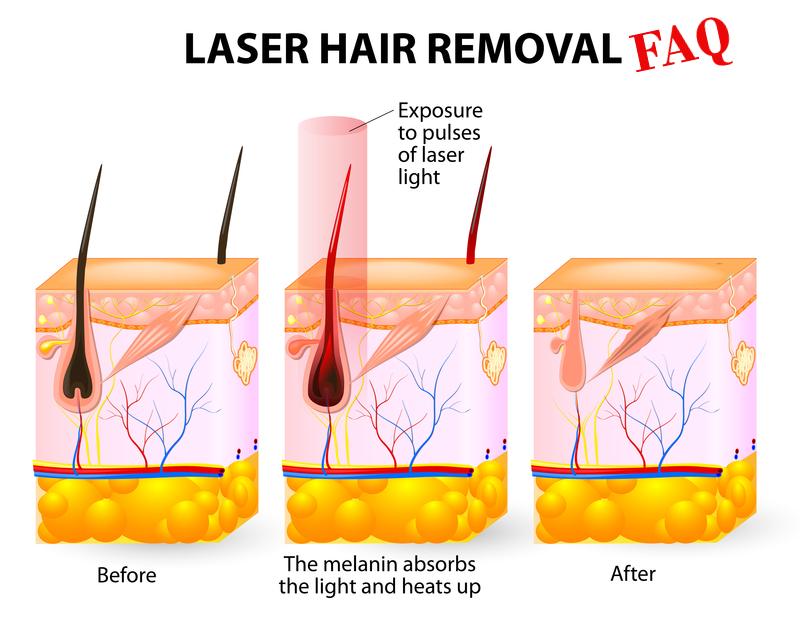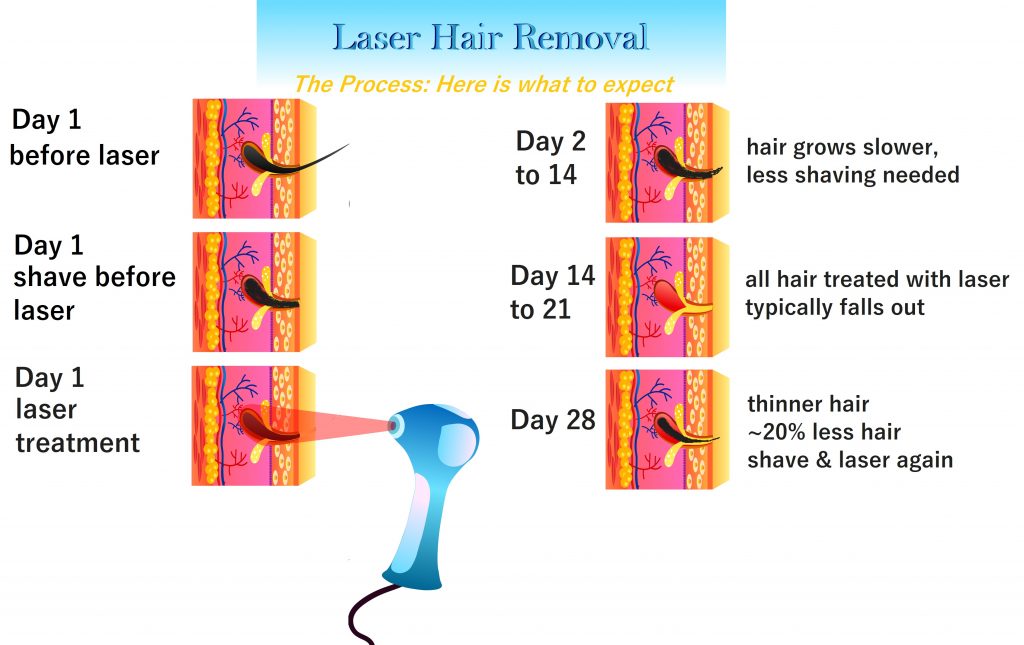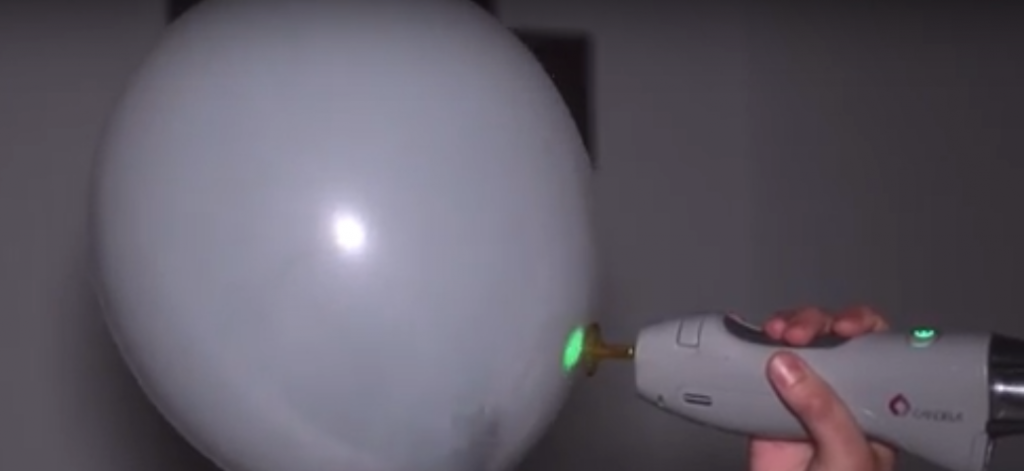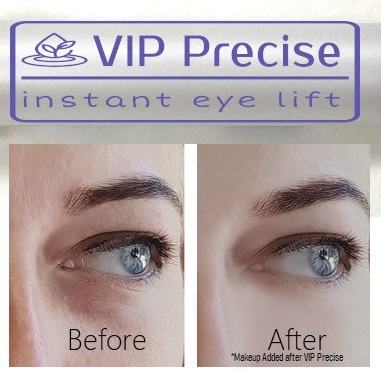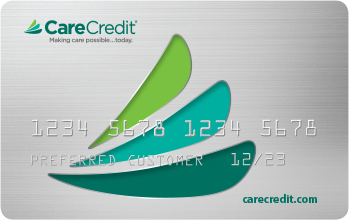1155 NW 13TH ST, Gainesville, FL 32601
All FDA Approved Devices. Newest Laser TechnologyTHE BEST LASER HAIR REMOVAL PACKAGES!
PRICES BELOW: Click "Book Online," Call or TextLaser Hair Removal FAQ
Review this Laser Hair Removal FAQ section, then email or call for any further questions. We are local here in Gainesville, FL and will take the time to educate you. At our facility, laser hair removal is only performed by a qualified, licensed physician assistant. We will do a test spot on your skin before proceeding with any treatment. The laser spot test is always free to evaluate safety and how you will respond. This will give you peace of mind. We only want to help you to achieve the best possible result for your laser hair removal.
Is laser hair removal permanent?
Laser hair removal is a permanent solution for hair removal or hair reduction. Areas are typically treated every 4-12 weeks until the desired hair removal is achieved. In most cases, an average of 6-8 treatments are required to achieve a 85-95% permanent hair reduction result. Typically, most hair is removed within the 1st 4 treatments. The last 2-4 treatments are done to remove the finer, stubborn hairs left over. Those with medium dark to dark skin typically require 8 treatments.
How does a laser remove hair?
The laser uses an intense pulse of a specific spectrum of light to perform selective photothermolysis. In other words, the laser light targets the color in hair to destroy the hair follicle. The laser is attracted to a dark pigment called melanin within the hair follicle. Those with dark hair have the best hair removal rates and those with very light white or blonde hair do not respond at all. The light colors do not have enough melanin for the laser to target and destroy the follicle.
How do I know if the laser will remove hair with my skin color or hair color?
The best candidates for laser hair removal have lighter skin and darker hair. We use different types of lasers because there is not just one laser that is ideal for all skin and hair types. Our Candela Alexandrite laser is most useful for hair removal from lighter skin types with light brown to black hair. Our Candela Nd:YAG laser is ideal for hair removal on medium to dark brown or even black skin types because it bypasses the skin safely. The laser targets the dark pigment or melanin in the hair follicle. We always do spot testing of the area before proceeding with the actual treatment. We spot test 1 or 2 areas to see whether you’re hair can be removed safely without concerning skin reactions. This is done free of charge.
What does it feel like to receive laser hair removal?
Our Candela Gentlemax Pro which uses cryogen for cooling the skin is the most gentle laser available for laser hair removal. We have been told by our clients that it works with much less discomfort compared to other lasers. We use ND:YAG and Alexandrite Lasers. Many clients come in to have treatments with our lasers after seeing that other lasers are too painful for them to tolerate. We use cold cryogen gas on the skin to enhance comfort cooling and safety. The laser heats up hair follicles to destroy them at a fraction of a second, then the laser quickly cools the skin. Most clients treated with our Candela laser have described the treatments as nearly painless. Some describe the treatment as a “tiny pulls on my hair,” or a “slight sting for a fraction of a second” or “a rubber band snap” as the laser moves across the skin. If a “10” rating is an elephant standing on your skin, and “1” is hardly any pain at all, most clients rate the pain as a “1,” “2,” or “3” Fewer clients rate the treatment as a “4,” and very few clients rate it as a “5.” Laser hair removal for the Brazilian area tends to produce the most discomfort. The sensation is not nearly as severe as the pain experienced when getting a tattoo.
Can I go right back to work after my treatment?
Yes, there is no need to stay home from work after laser hair reduction. You may continue your regular daily routine. It is best to avoid tight fitting clothing which can irritate the skin after the procedure. Avoid direct sun exposure after treatments. If you have developed any skin redness, avoid exercise, saunas, or hot showers until the redness or swelling has returned back to normal, usually within 12 hours. For detailed information on what to do after the procedure, please see What to do after Laser Hair Removal.
How long does each laser hair removal treatment take?
Our lasers have the newest technology and treat large areas in a much shorter amount of time than most other laser devices on the market. We can treat a man’s back in as little as 10 minutes. The larger the area, the longer it might take to get done. Small areas like an upper lip can take 3 minutes, and larger areas like the full legs can take up to 40 minutes. We usually schedule appointments for at least 30 minutes and up to two hours in case additional treatment areas are desired.
Is it OK to keep shaving after the treatment?
It is safe to continue shaving after laser hair removal treatments unless you have developed any redness or tenderness afterward. However, hair will grow much more slowly and you will not need to shave nearly as much. In case you develop some redness or swelling, you should wait 1-2 days to start shaving again.
Will I need to keep shaving after the procedure?
After the procedure, hair follicles are damaged but will continue to appear to grow for 2 weeks, but at a much slower rate. Here is the best part: Most of the hair will then fall out in 2- 3 weeks. Hair will start to grow back 4-6 weeks, and sometimes it takes up to 10 weeks for the remaining hair to come in. Hair usually comes in less dense plus finer and finer after each treatment. At this point, you will then be due for another treatment and this process starts all over again. You will need to continue to shave, but much less often than before. Some report that they have only needed to shave once between the 1st and 2nd treatment. Some clients report that they need to shave 50% less than normal between the 1st 2 sessions, and then much less often between the final 3 sessions.
How many treatments are necessary to provide permanent hair removal or reduction?
There are many factors to determine this. Treatment in many areas can achieve 95% hair removal after 6 treatments done 4-12 weeks apart. We have often achieved over 95% hair reduction between the 6th and 8th treatment. However these are generalized statements. Many factors can determine how many treatments are necessary. These factors include your hair density, laser treatment settings, individual hair growth cycles, and hormonal state. For 50% hair reduction, we suggest 3-4 treatments 6-8 weeks apart or until the desired reduction is achieved. It is important to note that residual hairs left after laser hair removal are usually much more thin and less noticeable than the original hair.
What are the typical results following the complete course of laser hair removal?
Hair regrowth is minimal with a permanent cosmetic improvement. The hairs leftover are very fine and much less noticeable. Pore size is often reduced after the hair follicles are destroyed. The treatment usually results in a minimal of hair regrowth. Each single treatment on average can remove about 20% of the actively growing hair permanently.
How do I find out if I am a good candidate for laser hair removal?
We suggest you proceed with this online screening that can be done right now. While you fill in the form, you will answer a few questions about your eye color, hair color, and skin reaction to the sun. you will receive your personal Fitzpatrick Score which will be needed for your future laser hair removal. You will then be able to schedule your own appointment. There is no obligation and initial consultations are free!
How does a laser reduce hair for laser hair reduction procedures?
For laser hair reduction, we use the same overall procedure that we use for laser hair removal. The difference is that we use fewer sessions for treatment. We may also use lower intensity settings on the laser. The client will typically receive treatments every 4-12 weeks, much like laser hair removal. The client will experience a temporary 1-2 month periods of time with less hair growth after each treatment. Once we have reached the desired hair reduction for the client, the client will let us know that we have achieved their goal.
What happens to my skin during laser hair removal?
The type of light that the laser produces has little effect on the skin and targets the melanin in the hair follicle. However, several different side effects to the skin can occur after laser treatment. Side effects can occur about 0-5% of the time after the procedure. The longer the experience of a laser technician, the lower the chance that side effects might occur. Diode laser treatment usually causes mild redness. Occasional mild blistering of the skin is possible. There is a risk of causing some scarring but this is extremely rare. In darker skin individuals, hyperpigmentation (dark blotchy areas) or lightened areas (hypopigmentation) may occur, but are usually temporary.
Why do I need to wear those glasses during the procedure?
Special glasses are provided during laser hair removal. These glasses block the laser light and prevent this light from damaging your eyes.
Does your skin darken after getting laser treatment?
The laser may activate melanin in the skin and cause temporary areas of darkening. The risk of this happening is about 5% in those with medium brown to darker brown skin. It occurs about 2% of the time if you are a Caucasian with lighter skin. If a laser burn occurs which is extremely rare, this can darken as it heals. Burns are rare, and hyperpigmentation is uncommon. It is important to avoid sun exposure for more than 15 minutes 2-3 weeks before and 2-3 weeks after your laser hair removal. This is why we provide you sunscreen and aloe after laser therapy treatments.
Can you show me an example of the laser hair removal procedure?
Here is a video of a client done at VIP Health and Laser:
Video posted with client consent
Is laser hair removal performed over tattoos?
The procedure can not be done over tattoos, sunburn, open wounds, moles, or scarring. These conditions can result in a higher rate of side effects with the laser.
Will laser hair treatment cause light spots on my skin?
When areas of skin become lighter, this is called hypopigmentation. Their is a small risk of about 3-5% chance that the skin can become lighter in color after laser hair removal treatment. If you had had sun exposure during 2 to 3 weeks before the treatment, this has a higher likelihood to occur. This is also more common in darker skinned patients. Burns are rare, and hypopigmentation is uncommon, but sun exposure increases the risk. It is important to avoid direct sun exposure for more than 15 minutes 2-3 weeks before and for 2-3 weeks after your laser hair removal. This is why we provide you sunscreen and aloe after laser therapy treatments.
Does laser hair removal cause skin redness or itching?
Laser energy can irritate the skin while treating the hair follicles. Usually the redness resolves within 1 to 6 hours. Occasionally redness and irritation can last for several days after the hair removal session. For redness, you can use Aquaphor, aloe, or Vaseline (petrolatum) to soothe and hydrate the area as desired. Sun exposure should be avoided. Avoid tight clothing which can irritate the area. For itching, cool compresses may be used. Hydrocortisone cream or Benadryl over-the-counter at a dose of 25 mg by mouth every 4 hours can also help itching.
Why can’t I have laser hair removal during pregnancy or breast-feeding?
There is no known risk of damage from the laser to the reproductive system or unborn child before or during pregnancy. It is not known whether or not a laser is able to harm an unborn baby. For this reason, most healthcare providers advise against laser therapy during pregnancy. It is best to avoid laser hair removal until after breast-feeding is completed. There is concern that laser treatment could affect the ability for mom to breastfeed.
How young is a child able to get laser hair removal?
There are no concerns about safety of laser hair removal at a young age. It can be done as early as 10 years old, but it is best to wait until after puberty. Most healthcare providers recommend to wait at least until children are age 14 or older. The body is still developing at this stage and higher hormone levels will increase body hair. Children or teenagers would need a guardian’s permission to do this when under 18 years old.
Are there any areas of the body that cannot have laser hair therapy?
The procedure can be performed in any area. Sometimes we receive a request to have hair removed in the ears or nose. It is possible to remove the majority of hair up to 1.5 cm inside these areas. It is difficult to treat the hairs that occur farther inside openings.
Does laser hair removal damage skin?
The laser we use will affect the hair follicles and leave skin intact. Notice in the photo above how the black balloon inside the white balloon has popped, but left the white balloon unaffected. The diode laser uses a specific wavelength of infrared light to target melanin. Skin may become red or swollen after treatments which is temporary. Very dark skin types such as type VI, has a risk of causing a burn. For very dark skin, a laser skin test on a small area is advised before proceeding. The type of light that causes skin cancer is ultraviolet light. Our laser uses light in a specific spectrum which is not associated with skin cancer. At this time is is not known whether or not laser treatments have the ability to increase the risk of skin cancer.
Will a laser for hair removal damage internal organs?
A diode laser will penetrate a maximum of 5 mm into the skin and will not be able to damage internal organs.
Does laser hair removal cause ingrown hairs?
This procedure is effective at reducing the occurrence of ingrown hair by at least 78% in research. Laser hair removal can achieve 95% permanent hair reduction. The 5% of hair that is left over is much thinner. Less hair and thinner hair means fewer razor bumps and minimal ingrown hairs.
Why is laser hair removal so expensive?
The cost is lower at our clinic because of our highly efficient laser that can treat large areas in a short amount of time. If you add up the cost of other hair removal methods over 5 years, The total cost of hair removal products will usually be higher than the cost of laser hair removal procedures. Laser hair reduction is also permanent. After 4-8 treatments, you will no longer need to waste time shaving, plucking or waxing.
Will laser hair removal increase hair growth?
This is rare and generally due to hormones which stimulate new hair follicles to form. The amount of hair left over after the recommended number of laser hair removal treatments will be about 5-8%. The leftover hairs will also be much thinner.
Is it OK to have laser hair removal if I take medications for acne?
Some authorities express concerns about safety of laser hair removal with the use of acne medications. According to Spring LK et al, “There was insufficient evidence to support delaying laser hair removal,…for patients currently receiving or having recently completed therapy.” According to Mysore et al, “The task force concludes that performing procedures such as laser hair removal,…is safe in patients with concurrent or recent acne medication administration.” According Chandrashekar BS et al, “Most acne medications had not resulted in any untoward effects in patients who underwent the procedures. Atypical scarring, delayed wound healing, keloids, or hypertrophic scars were not observed in any patient.” If you take topical acne medications over the face, we often ask for the client to hold this medication for up to 2 weeks before laser hair removal of the face. A laser spot test will always be performed in these cases with low laser settings and “start low and go slow” while observing for any reaction.
Will laser hair removal help me take better care of my skin?
After the procedure, you will be able to wash and moisturize your skin more effectively. You will be less susceptible to bacteria, clogging of pores, and ingrown hairs. You will have a lower risk of acne.
What do I do if I obtain a burn from laser hair removal?
Burns are rare, but can occur even with optimal laser settings. The skin will heal and return to normal. Scarring is extremely rare. Sometimes an increase in pigment can occur especially in darker skin after a burn. An increase in pigmentation may take up to several months to resolve. There some specific steps that are useful to improve healing after a burn. Keep the area as moist as possible with Aquaphor, Vaseline or Aloe. Moisture is critical to improve the chances of healing favorably well. Use a sterile needle to gently drain blisters while leaving the roof of the blister intact which will protect the skin. Watch for any signs of infection and start topical triple antibiotic or oral antibiotics if this occurs. Avoidance of sun exposure is extremely important and sunscreen should be used after new skin forms. Growth factor serum can also be used under the moisturizer starting 2 weeks after the burn.
After a series of 4 to 8 treatments, will I need any treatments in the long term?
It is possible to achieve as high as 95% hair reduction. The remaining hairs leftover will be much more thin than before the treatments. New follicles may form over time from hormonal or age related changes. You may need a touch up session in the future. Some need to have a touch-up in a year, some need it in several years, and some never need to. It depends on the individual.
Online Check-in for Laser Hair Removal:
Here is how to find out if you are a good candidate for laser hair removal with a quick online screening. You will be able to answer questions about your hair color, skin color and eye color to determine your Fitzpatrick score. You will calculate a Fitzpatrick score to help us determine the laser settings for laser hair removal. You can also sign the consent to proceed or not. Then easily book your own appointment for free consultation at VIP Health and Laser Clinic.
For further reading after this Laser Hair Removal FAQ
Thank you for reading this Laser Hair Removal FAQ section. Here are some more links to jog your mind:
18 Things You Need to Know Before Getting Laser Hair Removal
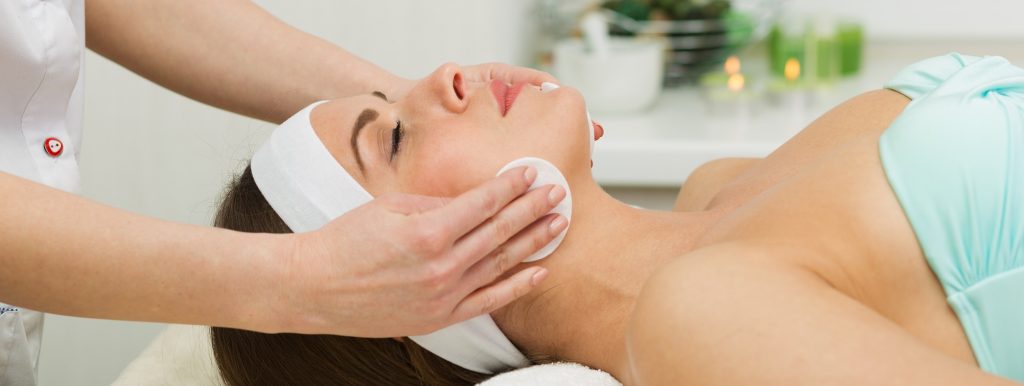
Sign Up for Bonuses
BONUS #1: New Client Special for Laser Hair Removal
BONUS #2: Package Deals on Laser Hair Removal
BONUS #3: Special on Vanquish ME body sculpting packages.
BONUS #4: Shock Wave Therapy Chronic Pain Deal.
BONUS #5: Referral Bonus Details.
References for Laser Hair Removal FAQ:
- Mysore V, Mahadevappa OH, Barua S, Majid I, Viswanath V, Bhat RM, Talwar S, Thurakkal S, Aurangabadkar SJ, Chatterjee M, Ganjoo A. Standard Guidelines of Care: Performing Procedures in Patients on or Recently Administered Acne Medications. J Cutan Aesthet Surg. 2017 Oct-Dec;10(4):186-194. Pubmed.
- Spring LK, Krakowski AC, lam M, Bhatia A, Brauer J, Cohen J, Del Rosso JQ, Diaz L, Dover J, Eichenfield LF, Gurtner GC, Hanke CW, Jahnke MN, Kelly KM, Khetarpal S, Kinney MA, Levy ML, Leyden J, Longaker MT, Munavalli GS, Ozog DM, Prather H, Shumaker PR, Tanzi E, Torres A, Velez MW, Waldman AB, Yan AC, Zaenglein AL. Timing of Procedural Interventions: A Systematic Review With Consensus Recommendations. JAMA Dermatol. 2017 Aug 1;153(8):802-809. Pubmed.
- Chandrashekar BS, Varsha DV, Vasanth V, Jagadish P, Madura C, Rajashekar ML. Safety of performing invasive acne scar treatment and laser hair removal in patients: a retrospective study of 110 patients. Int J Dermatol. 2014 Oct;53(10):1281-5. Pubmed.

